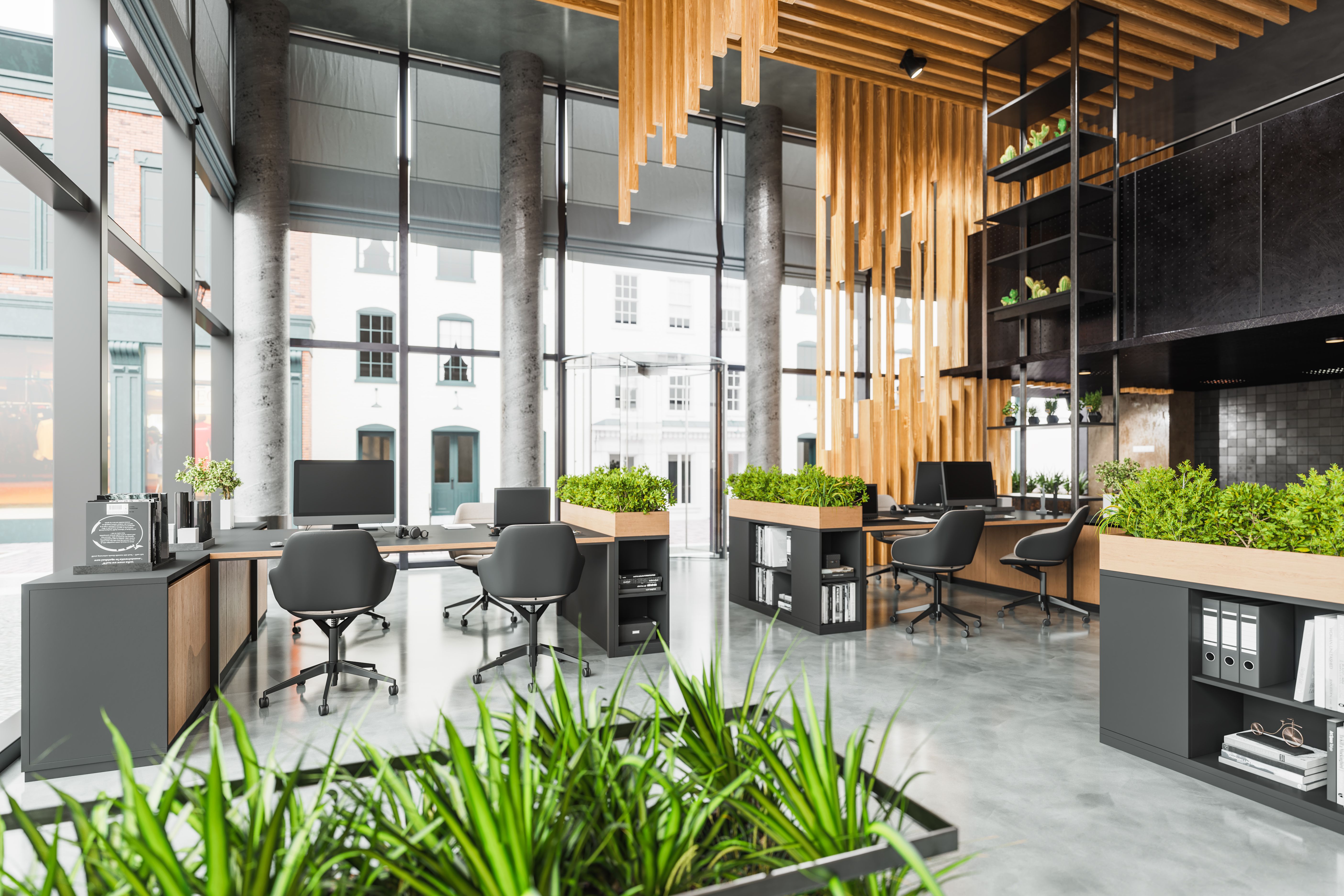The Future of Co-Living in 2025
Understanding the Co-Living Concept
Co-living is a modern housing trend that emphasizes communal living spaces where residents share amenities and living areas. It is designed to foster a sense of community, enhance social interactions, and provide a cost-effective living solution. With urbanization on the rise, co-living is becoming an increasingly popular choice for young professionals, digital nomads, and students.
The concept of co-living is not entirely new, but its resurgence comes with a contemporary twist that aligns with current lifestyle preferences. Many co-living spaces offer fully furnished rooms, shared kitchens, and communal lounges, creating an environment where residents can easily connect and collaborate.

The Rise of Co-Living in Urban Areas
As cities become more densely populated, the demand for affordable housing continues to grow. Co-living offers a viable solution by maximizing available space and reducing individual living costs. In 2025, urban areas are expected to see a significant increase in co-living developments, particularly in major cities where real estate prices are high.
Co-living spaces not only provide financial benefits but also address the social isolation often associated with city living. By promoting community engagement, they create a supportive environment that can improve residents' overall well-being.

Technology's Role in Co-Living Spaces
Technology is set to play a crucial role in the evolution of co-living spaces. Smart home technologies, such as automated lighting and climate control, will enhance convenience and energy efficiency. Additionally, integrated apps for managing amenities, booking shared spaces, and connecting with fellow residents will streamline the co-living experience.
Moreover, virtual reality (VR) tours of potential living spaces can revolutionize how people choose their next home, making the process more accessible and engaging.

Environmental Impact of Co-Living
Co-living spaces have the potential to significantly reduce the environmental footprint of urban living. By sharing resources, such as electricity and water, residents can lower their individual consumption levels. Many co-living developments are also incorporating sustainable practices, like solar panels and rainwater harvesting systems.
The focus on sustainability is expected to grow as environmental concerns continue to influence housing choices. In 2025, co-living communities are likely to set new standards for eco-friendly living.
The Future of Co-Living Communities
Looking ahead, the future of co-living communities is bright. Developers are increasingly tailoring spaces to specific demographics, such as artists, entrepreneurs, or retirees, creating niche communities that cater to shared interests and lifestyles. This customization allows for a more personalized living experience.
As the trend evolves, we may also see the emergence of hybrid models that combine co-working and co-living spaces. These environments will provide the flexibility that many modern professionals seek, allowing them to live and work seamlessly under one roof.

Challenges and Opportunities
While co-living offers numerous advantages, it also presents challenges that need to be addressed. Privacy concerns, noise levels, and compatibility among residents can affect the quality of life in these spaces. Operators must strike a balance between communal interaction and personal space to ensure resident satisfaction.
However, these challenges also present opportunities for innovation. By leveraging feedback and continuously improving design and management practices, co-living operators can create spaces that meet the diverse needs of their residents.
The future of co-living in 2025 is promising, offering a blend of community-centric living and modern conveniences that cater to the evolving lifestyles of urban dwellers. As this trend continues to grow, it will redefine how we think about home and community in the years to come.
